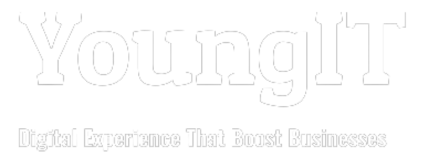Which DXP is Best For My Business
In recent years, Digital Experience Platforms (DXP) have grown in importance as businesses seek to build and manage compelling digital experiences across many media. With so many options on the market, determining which DXP is ideal for your company can be difficult. In this post, we will look at some essential elements that will assist you in making an informed decision.

Your company’s size
The size of your company is an important consideration when selecting a DXP. Small businesses often demand a straightforward platform that is simple to use and inexpensive. Larger organizations, on the other hand, require a more complete and sophisticated platform capable of handling complicated digital experiences across numerous channels.
Industry and business objectives
The industry and corporate goals are other important considerations when selecting the right DXP. varied industries have varied digital experience requirements, thus it is critical to select a platform that meets your individual requirements. A retail organization, for example, may demand a platform with extensive personalization capabilities, whereas a banking institution may require a platform with severe security and compliance standards.
Functionalities and features
A DXP’s features and functions are crucial in establishing its fit for your organization. It is critical to define the features and functionalities that are critical to your organization and then select a DXP that provides them. A DXP’s common features and functionalities include content management, personalization, and analytics.
Scalability and adaptability
Scalability and adaptability are key considerations, particularly for developing businesses. It is critical to select a DXP that will grow with your company and provide the flexibility to adapt to changing needs. A scalable and adaptable DXP can help you avoid the cost and disruption of future platform migrations.
Pricing and budget
A DXP’s budget and price are other key aspects to consider. It is critical to select a DXP that suits your budget and offers good value for money. Some platforms have a variable price plan, whereas others charge a flat fee regardless of the number of users or features used.
Which DXP is Best For My Business Read More »















